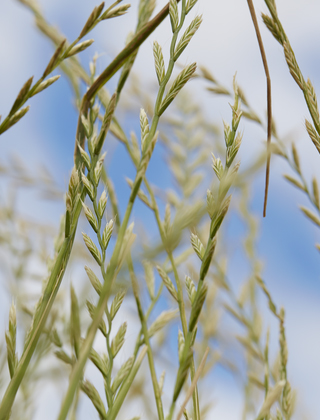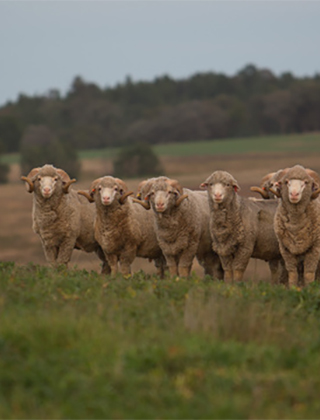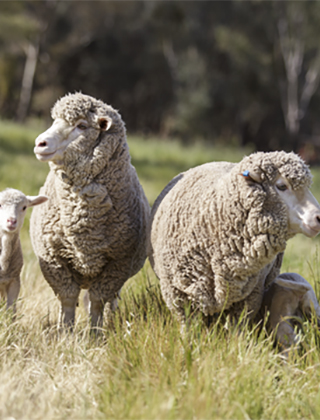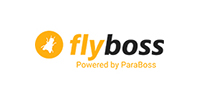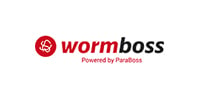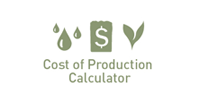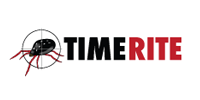Optimising reproductive outcomes with pregnancy scanning
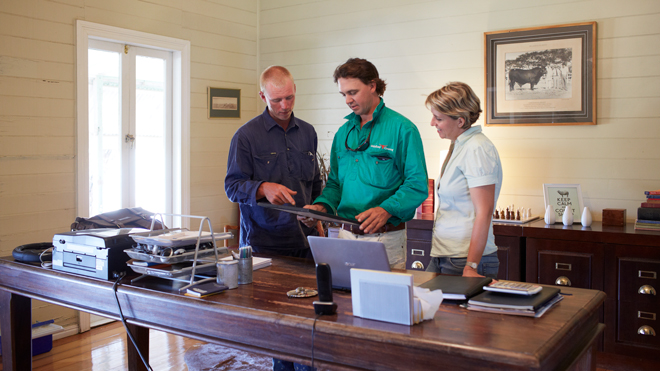
Pregnancy scanning is a tool that can improve your ability to strategically manage breeding ewes to improve productivity and profitability. It is important to use the information from scanning to realise the benefit to your enterprise.
Author: Millie Sheales, AWI Extension QLD & Leading Sheep
You can’t manage what you don’t measure
Ewe nutrition is a key driver of net reproductive rate and the lifetime productivity of her progeny. Pregnancy scanning provides the information you require to optimally manage the nutrition and lambing conditions of breeding ewes. Scanning enables you to:
Benchmark: Develop a record of reproductive performance over time and track responsiveness to changes in management and seasons. Scanning for multiples and tracking the proportion of multiples/singles/empty ewes provides insight into the impact of nutrition on reproductive performance of your flock.
Manage: Improve lambing outcomes by managing nutrition and paddock conditions for multiple-bearing ewes. Understanding your flock’s lambing potential assists with pasture budgeting and financial planning.
Select: Identify and retain the ‘performer’ ewes and remove ‘passengers’ (i.e. once- or twice-empty or failed to rear ewes depending on your situation) to improve reproductive performance.
Know what decisions you want to make
Pregnancy scanning ewes enables producers to make data-driven management and selection decisions. The table below explains the decisions made possible with scanning.
| Ewes scanned empty | Identifying empty ewes gives you the option to:
|
| Ewes scanned pregnant | Identifying pregnant ewes enables you to:
|
| Ewes scanned multiple | Identifying number of foetuses (multiples) provides information for you to:
|
Set yourself and your scanner up for success
To maximise the accuracy of scanning, take the time to plan logistics and prepare your sheep, labour and infrastructure.
- Plan and prepare: Book your scanner and additional labour early.
- Scan at the optimal time: Call your scanner the day you put the rams in with the ewes to determine a suitable scanning date.
- Hold ewes off feed and water for a minimum of six hours.
- Ensure adequate labour is present.
- If using electronic identification (eID), have a backup system.
- Consider the comfort of your scanner: Provide shade where possible and water down the race if dust is expected.
Other factors that reduce the accuracy of scanning include joining for an extended period, light or fat ewes, and flighty sheep that are difficult to scan.
Find out more about the profitability of scanning and a checklist to maximise success with the resources below.
More information:
- AWI & MLA pregnancy scanning resources
Recently concluded AWI and MLA research found an average increase in profit of $5.55 per ewe when scanned for multiples and that information is used for management decisions. Pregnancy scanning is an essential tool for improved ewe and lamb survival, so AWI and MLA have released new resources for sheep producers to get the most out of pregnancy scanning.
-
- Ewe scanning and management checklist
-
- Pregnancy scanning: an ultra-sound investment
-
- Resource guide for sheep reproduction
-
- The value of pregnancy scanning fact sheet (benefit-cost analysis summary)
-
- The value of pregnancy scanning report (benefit-cost analysis methodology)
- AWI Extension NSW and AWI Leading Sheep pregnancy scanning webinars
-
- Scanning: an ultra-sound investment (part one) – delivered by Dr Sue Hatcher from Makin Outcomes, this webinar covers the new AWI and MLA pregnancy scanning resources; the value of scanning with insights from a cost-benefit analysis; and making data-driven management and selection decision.
-
- I have my scanning results: what now? (part two) – delivered by Josh Cousins, Cousins Merino Services, this webinar explains how to best prepare your sheep for scanning to enable optimum information capture (think accuracy and a smooth scanning process). Josh discusses how to manage the data you capture to provide productivity gains in your flock – with one, or more, years' worth of data. Plus plenty of questions answered from the perspective of a scanning contractor.






